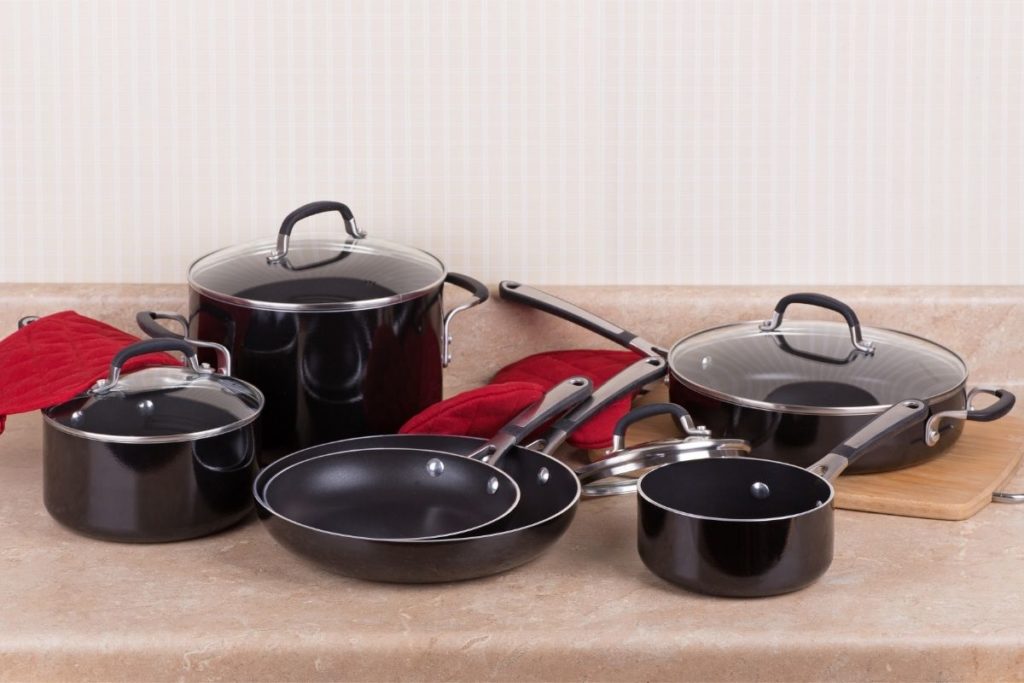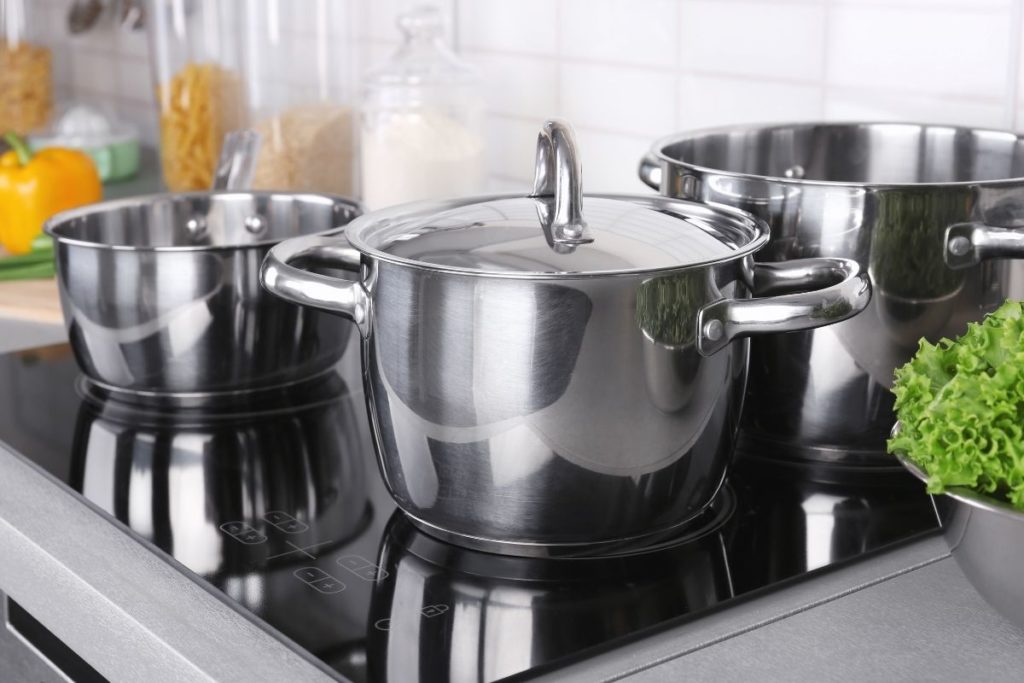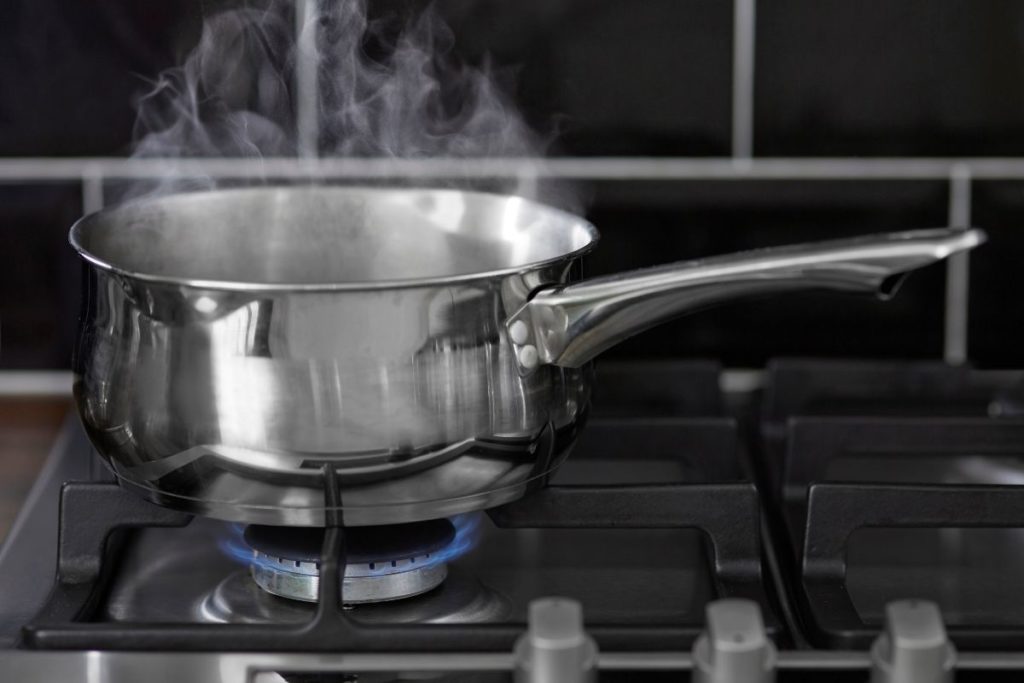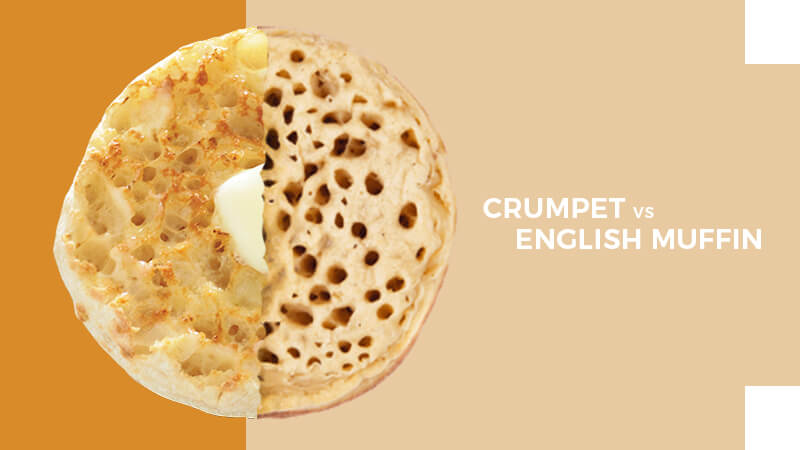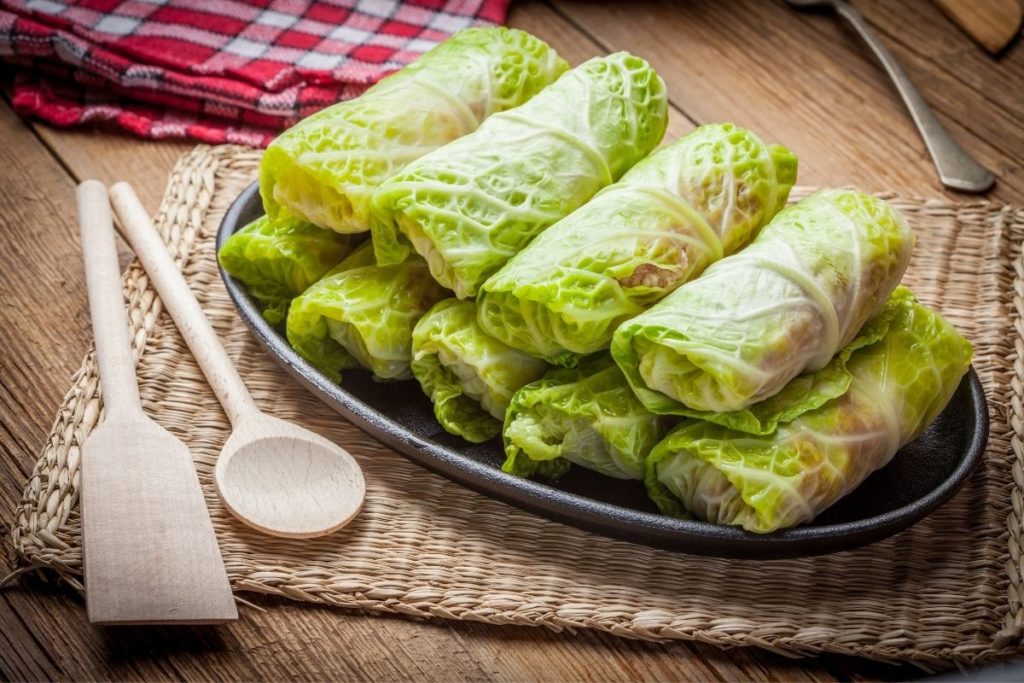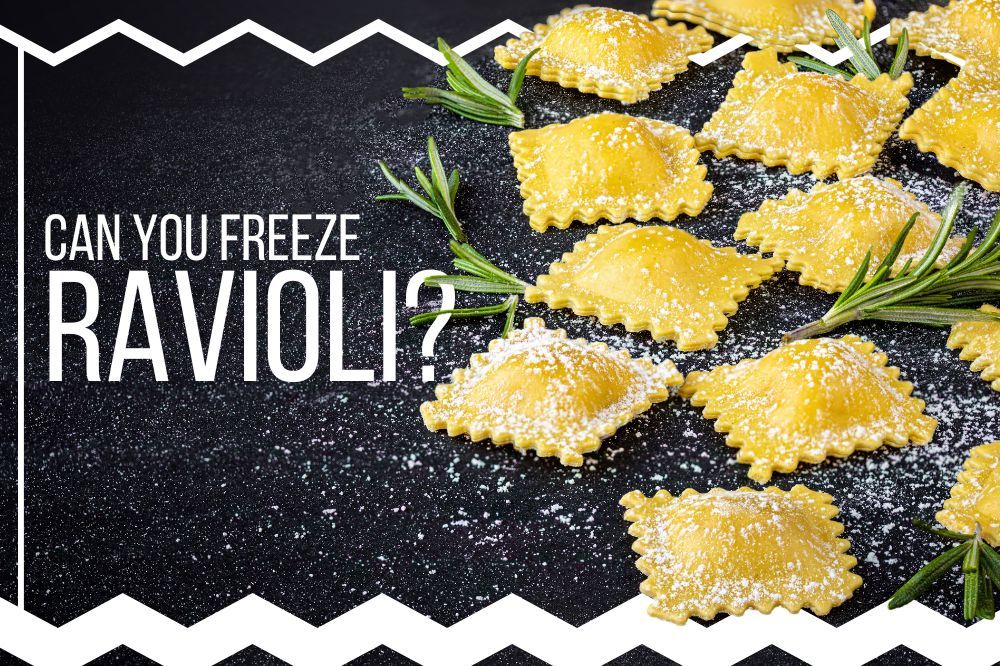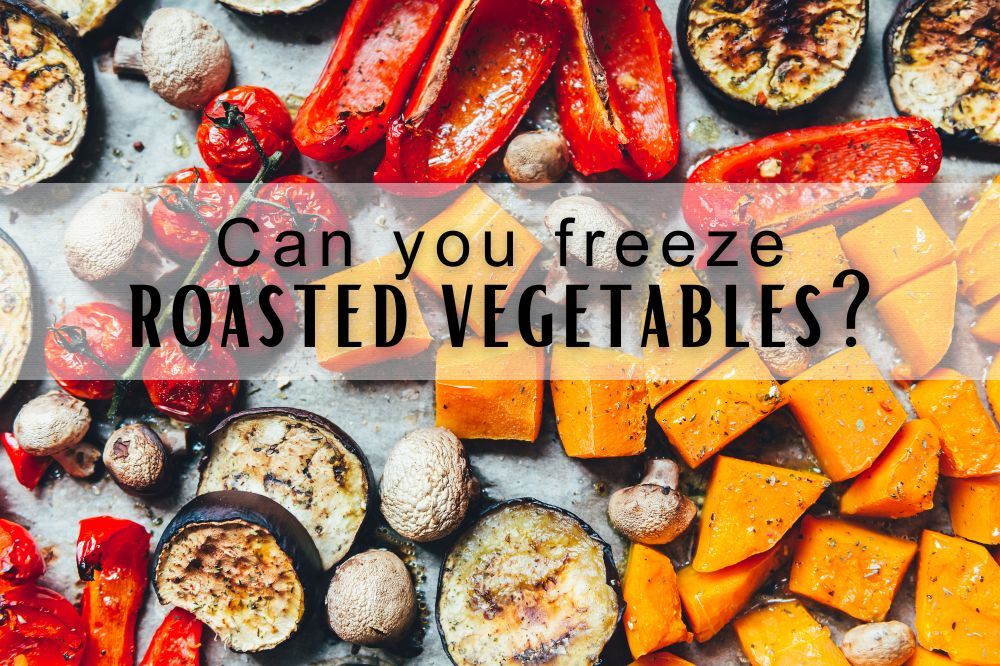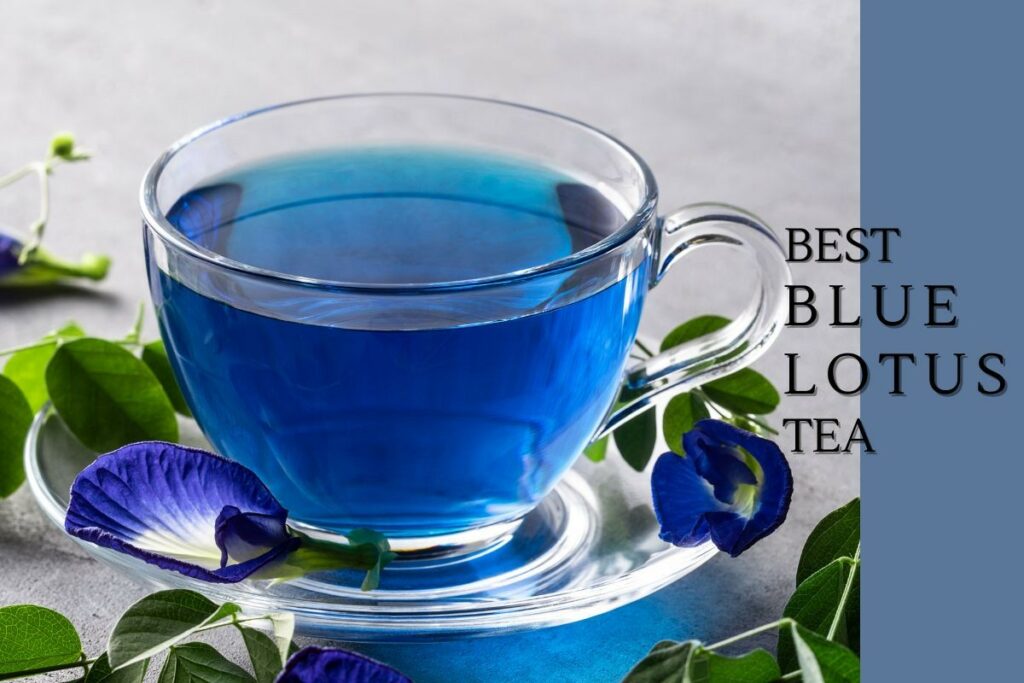Hard-Anodized vs Stainless Steel Cookware: Spot the Difference (Updated 2025)

Discover the difference between hard-anodized vs stainless steel cookware.
The cookware you use plays an important role in your cooking. When choosing the type of material to get among the many options available on the market, you need to weigh various factors.
Two widely used materials for cookware are aluminum and stainless steel.
Many high-quality cookware sets are made from either hard-anodized aluminum or stainless steel. Each material has strengths and weaknesses of its own.
Hard-Anodized vs Stainless Steel
What Is Hard-Anodized Aluminum Cookware?
Anodized refers to material in the cookware that has gone through an electrolytic process.
The process includes immersion of the material in a chemical bath and adding an electrical current to the bath. It produces oxides which harden the material and make it corrosion-resistant.
Hard-anodized aluminum results from an extended anodization process in which they use higher voltage and lower temperature. It makes aluminum even harder and more durable for cookware.
Advantages
Hard-anodized cookware has several advantages that make it an appealing choice. Check out the special features below.
- Durability
Hard-anodized cookware is the most durable kind of cookware. It has incredible strength because of the additional coating, making pots and pans more sturdy. Also, you can use it to cook more easily and faster and use any material or utensils in it.
- Heat Conductivity
Hard-anodized aluminum has excellent heat conductivity. The material allows for even and fast heat conduction, so expect great cooking performance. You will have your food cooked in an instant.
- Non-Stick Feature
Experience a smooth, non-stick surface when you use hard-anodized cookware. This feature lets you cook conveniently. Plus, the cookware will be easy to wash.
- Price
Hard-anodized cookware is affordable as it is moderately priced compared to stainless steel.
Disadvantages
Hard-anodized cookware also has some weaknesses. Read about its drawbacks below.
- Maintenance
Hard-anodized cookware is not dishwasher safe because its coating is prone to damage and discoloration. Thus, you have to wash it by hand. Take note: you must not use metal scrubbers or abrasive and scratchy sponges.
To properly clean hard-anodized cookware wash it gently with sponges to protect the non-stick surface.
- Avoid High Heat
The hard-anodized material absorbs heat quickly, so it is not advisable to use it over extremely high heat.
What Is Stainless Steel Cookware?
Stainless steel contains iron and chromium along with other alloying elements. Many believe it is the best metal for cookware because of its long-lasting and classic features.
Advantages
Stainless steel cookware offers many benefits that make it the top choice for most people.
- Durability
Stainless steel cookware has great durability because it is resistant to rust, corrosion, and staining. When you have high-quality stainless steel cookware, you can expect it to last many years.
- Heat Transferability
When stainless steel cookware has a layer of aluminum or copper between steel layers, it can transfer heat uniformly. So, you can cook your food a lot easier and more evenly.
- Maintenance
Easy cleaning is one of the best things about stainless steel. Using stainless steel cookware requires little to no maintenance. You do not have to follow any restrictions when cleaning your stainless steel cookware.
It is dishwasher safe as well. You can use any type of sponges, including abrasive sponges or metal scrubbers, without fear of stripping away the metal coating.
Additionally, stainless you can use steel cookware safely in the oven or broiler. Stainless steel cookware can withstand everyday life’s wear and tear.
Disadvantages
Stainless steel may be an excellent choice for cookware material, but you have to know its weaknesses as well. Check them out below.
- Heat Conductivity
When it comes to heat conductivity, stainless steel is slow. So, to enhance its heat transferability, they must pair the material with either aluminum or copper.
Therefore, your cooking time will take longer if you use stainless steel cookware that does not have a layer of aluminum or copper.
- Non-Stick Feature
Stainless steel cookware does not have a non-stick feature. Therefore, when cooking, you have to put butter or oil in the pot or pan or your food might stick.
- Price
The price of stainless steel cookware ranges from low to high, depending on the quality of the stainless steel. If the nickel content is higher, then the quality is better, making it more expensive.
The Bottom Line
Both hard-anodized and stainless steel have their advantages and disadvantages in cookware.
To help you understand more about the materials, try using a small pan of each type.
Afterward, you can decide to purchase the entire cookware set in the material you prefer.
you may also like
well hello there!

Hi, I'm Linda thanks for stopping by! We're so happy you're here. If you're a foodie and love to cook from home - you're in the right place..
LEARN MORE
free newsletter
Join the mailing list and receive our free newsletter!
recent posts
let's be social
search site
Recipe Marker
Recipe Marker provides you with the best information about home cooking tips, recipes, ingredient substitutes and more. Check out our blog to see the latest articles.
Copyright © 2024 Recipemarker.com | All Rights Reserved | Privacy | Disclaimer | Contact
